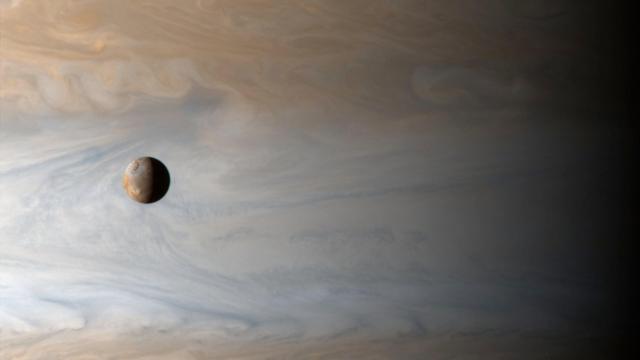There are just eight planets in our Solar System (sorry Pluto), so the neighbourhood can feel pretty empty. But there are over 200 moons orbiting objects in the solar system, including planets and large asteroids.
Many of these moons have atmospheres, complex topography, and even weather systems. They are dynamic, volcanic, and exquisite objects for space agencies trying to learn more about the diversity of planetary bodies and their satellites.
Some moons are larger than planets and some are little more than space boulders — but all can offer clues about how our modern worlds came to be. Here are some of the most intriguing moons (big and small) that are orbiting around our solar system.
The Moon

Surely you’ve heard of this one. Big, pockmarked, definitely not hollow? Earth’s moon is sometimes known by its Latin name, Luna, but its proper English and astronomical designation is simply Moon.
It’s been visited multiple times — in fact there’s a rover on it right now — but it’s bound to get a whole lot more interesting with the upcoming Artemis missions, which will see human astronauts return to our only satellite.
The Artemis missions are likely to teach us a lot about the geologic history of the Moon, considering how much technology has progressed since the last lunar samples were collected. There are also plans to build a Lunar Gateway space station on the satellite, paving the way for future space exploration. Thanks, Moon!
Luna
Phobos & Deimos
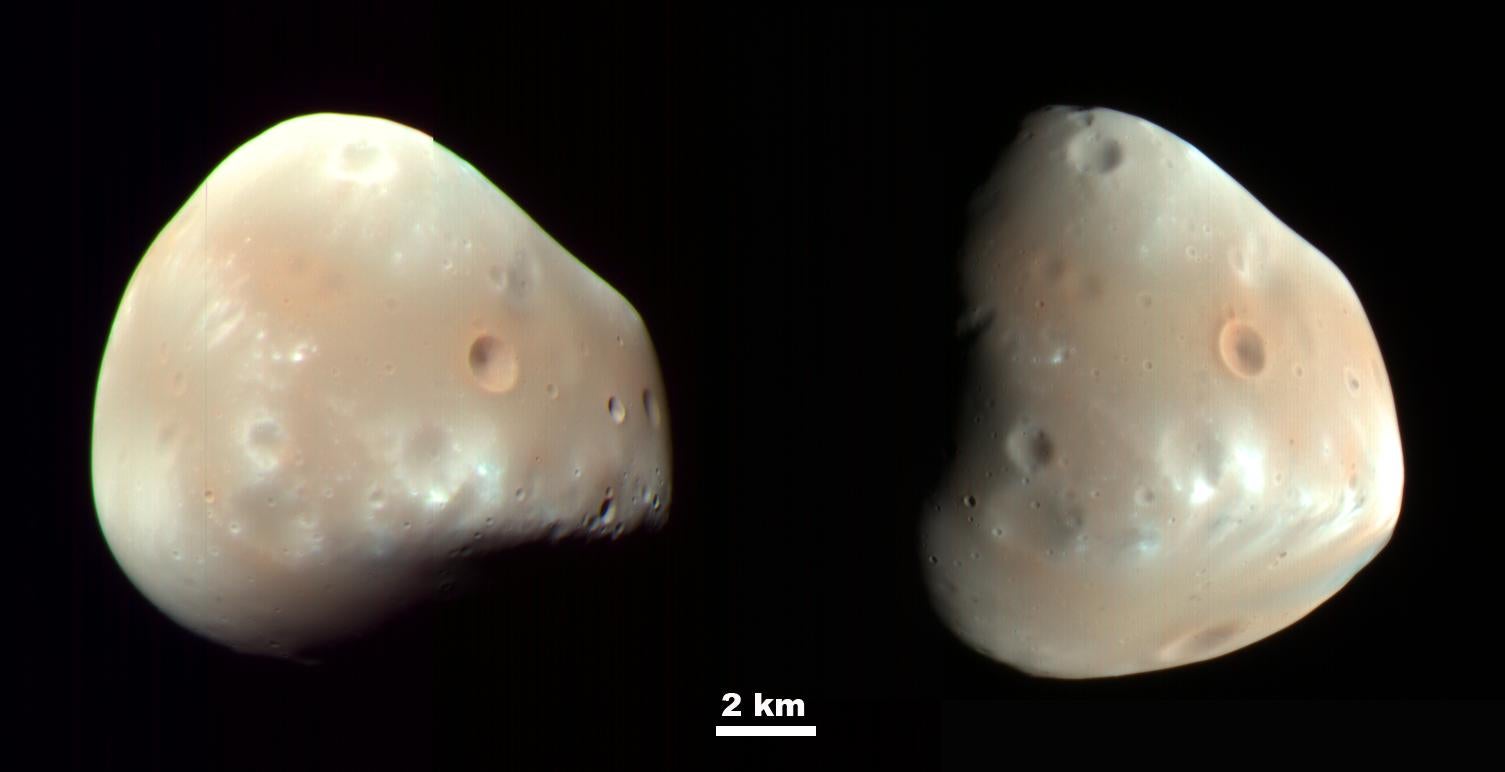
Phobos and Deimos are two Martian moons, measuring 27 km and 14 km across, respectively. So far, space agencies have not managed to land spacecraft on either moon. But as is the case with our Moon, Phobos and Deimos likely have details of Mars’ formation locked away in their rocky strata. Phobos’ orbit is also shrinking as it circles Mars, which means the moon may either crash into Mars or be torn apart by the planet in the next 100 million years. We should’ve expected this from the planet named for a war god.
Dactyl
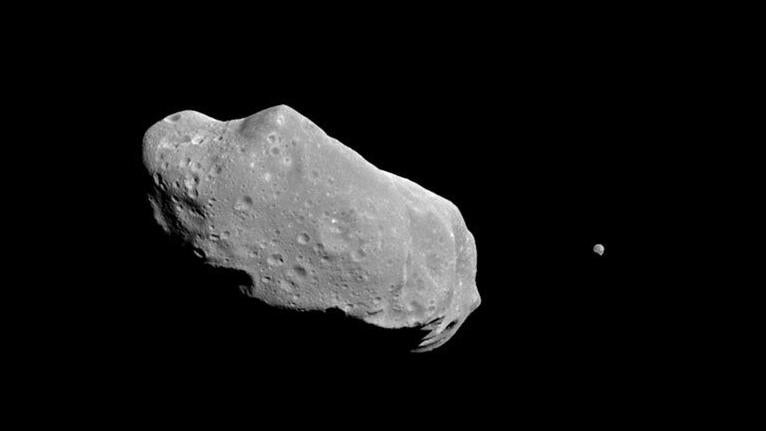
The itsy-bitsy Dactyl was only discovered by happenstance; in 1993, NASA’s Galileo spacecraft swung by an asteroid named 243 Ida, and spotted a small moon orbiting the space rock.
Dactyl proved that asteroids could have moons, and thanks to Galileo, we have an image of the petite satellite, probably borne of the same collision of ancient objects that created Ida.
Europa
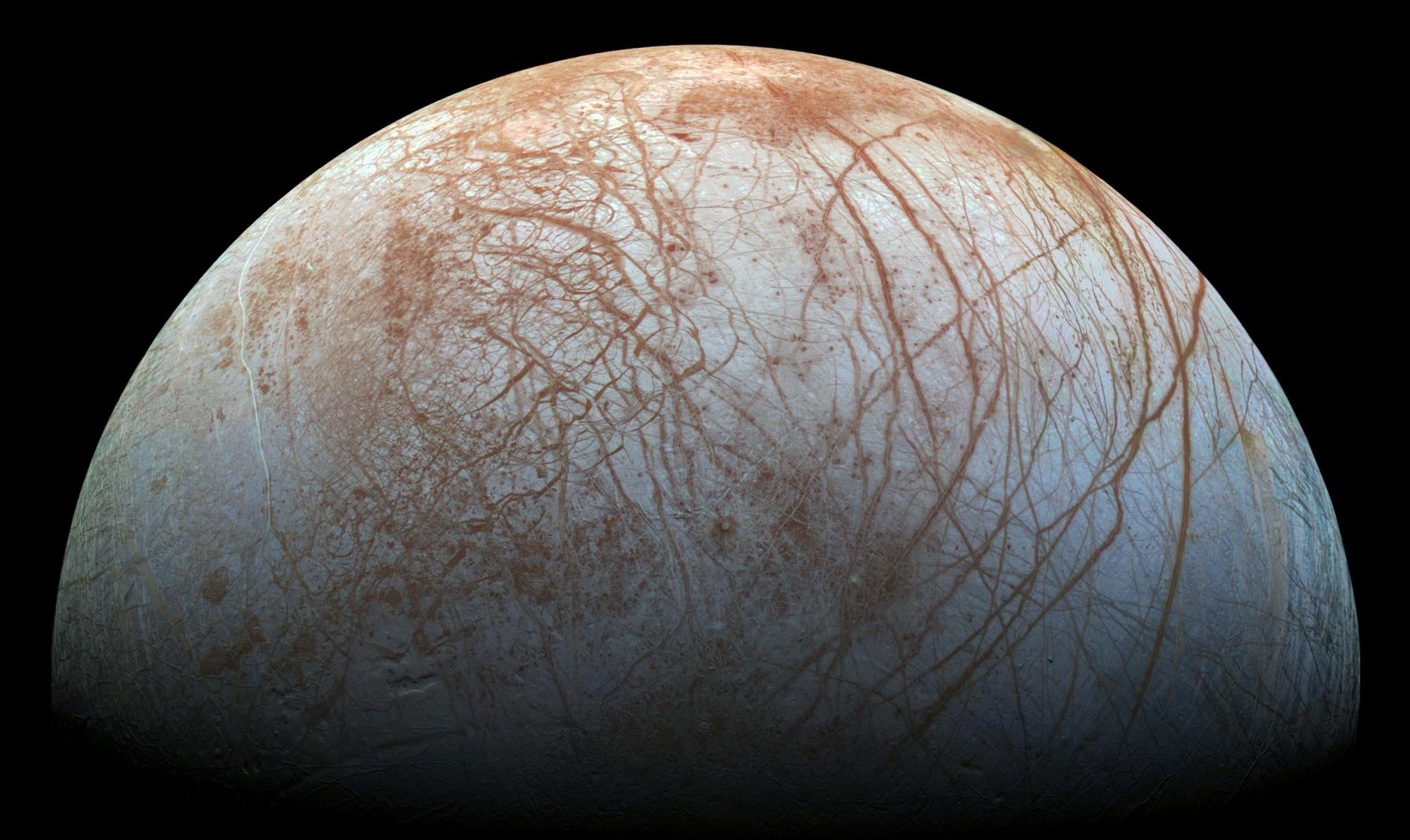
The smallest of Jupiter’s moons, Europa is a tantalising target for planetary scientists and astrobiologists. Europa is covered in ice, underneath which is a global water ocean. Because life as we know it only exists with the presence of water, Europa is a prime candidate to investigate for extraterrestrial life.
Other elements of the moon are inhospitable, though — namely radiation from Jupiter, which as Gizmodo earlier reported could erase any signs of life we’d see from afar. That makes the prospect of landing spacecraft on Europa all the more enticing; it’s easier to see life from up close.
Io
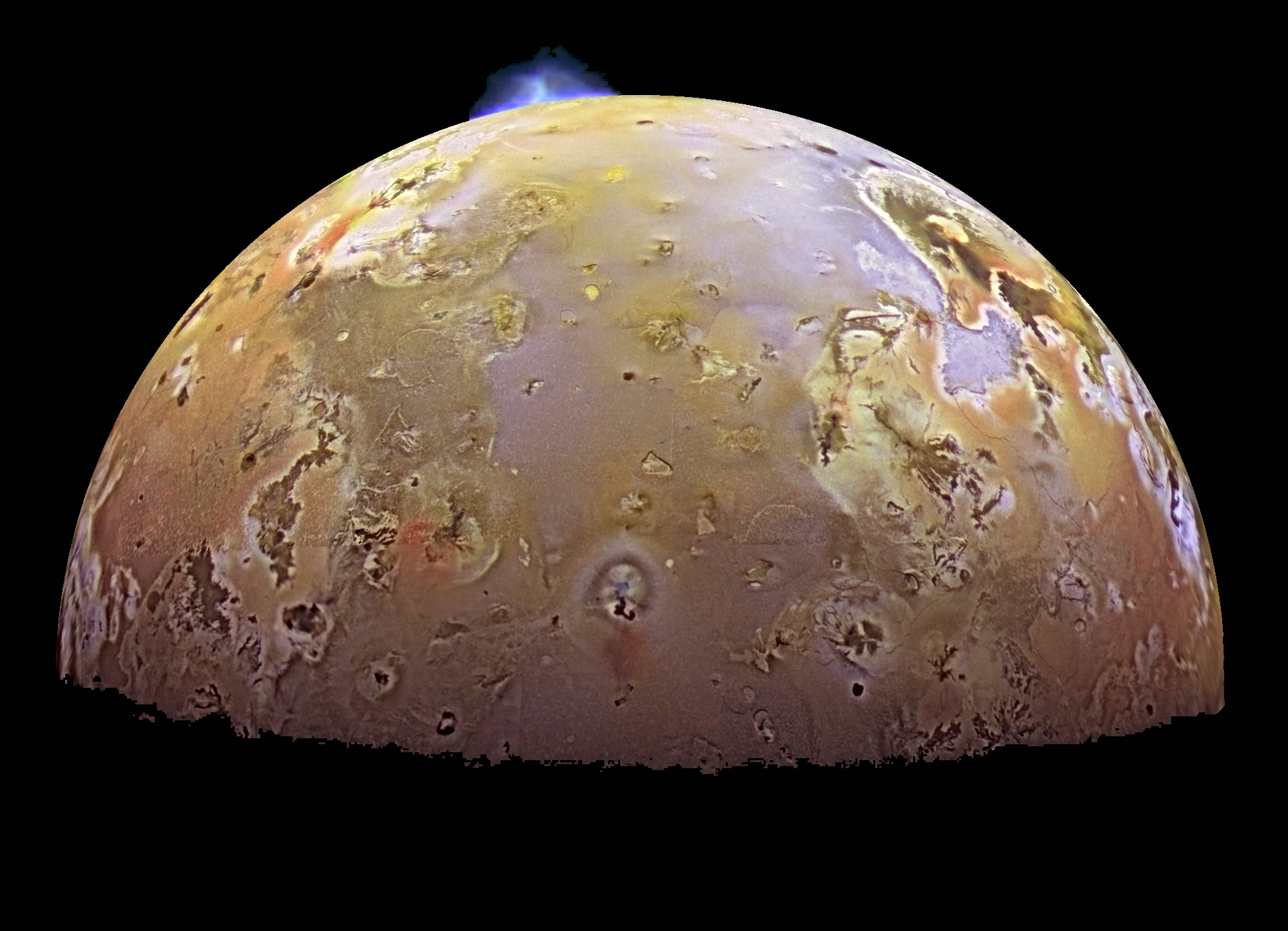
A small moon of Jupiter (small meaning it is just slightly larger than Earth’s Moon), Io has hundreds of volcanoes peppering its surface that spew lava dozens of miles into its sky; combined with its thin, sulfurous atmosphere, the moon is pretty hellish. Immense tidal forces from Jupiter cause the moon’s surface to shift by hundreds of feet to and fro. Since the moon is so superhot and unstable, all observations of Io have been done from a distance.
Pan & Atlas

Pan and Atlas are two endearingly petite moons of Saturn, and both have a flying saucer shape reminiscent of the ringed planet they orbit. They’re also tiny, with radii of less than 16 km. The moons were first imaged by the Voyager program, and were later imaged by the Cassini spacecraft (which ended its career by plunging into Saturn itself).
Other moons of Saturn have similar ridges along their equator, indicating that the way Saturns moons formed have have caused Pan & Atlas’ pronounced and irregular shapes.
Charon
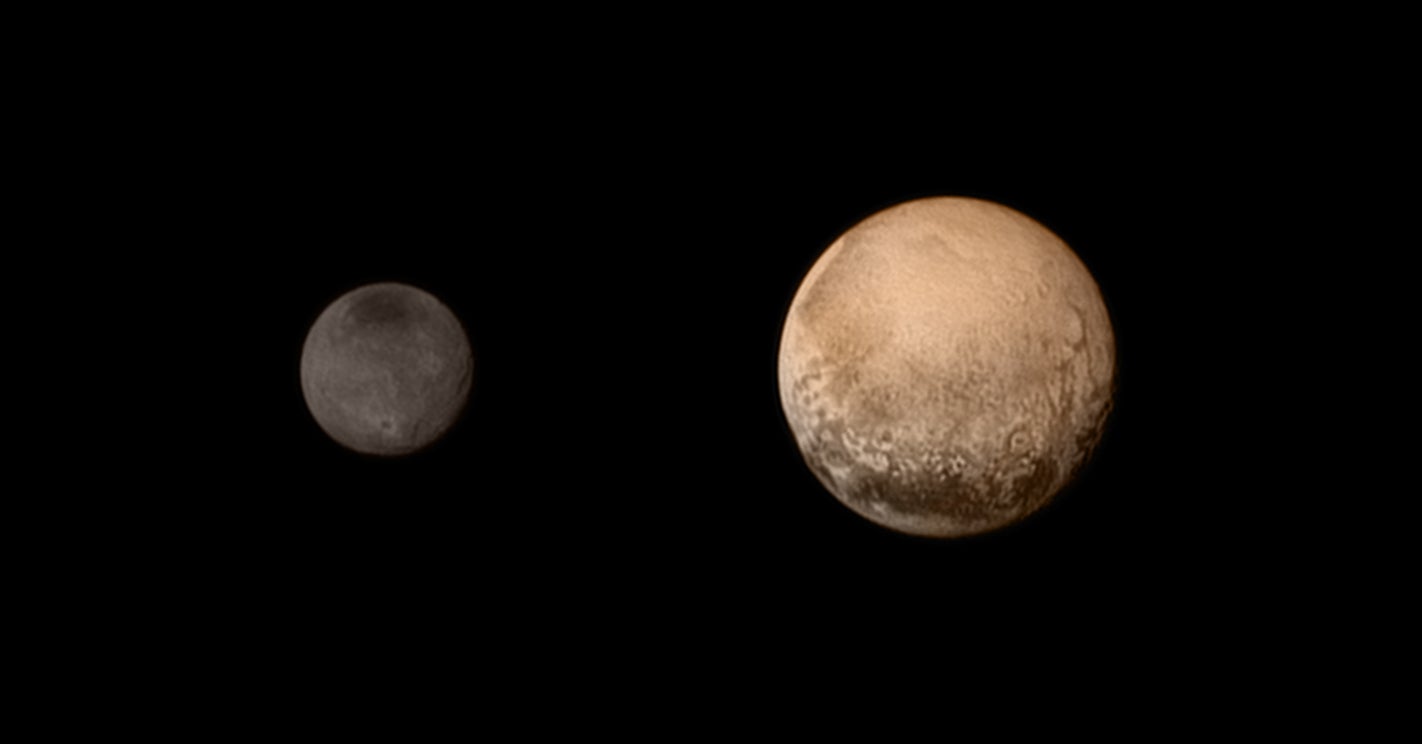
Charon is a moon of Pluto, and it’s little compared to other solar system moons, but large compared to its parent body, which was once considered the smallest planet in the solar system. Together, the two bodies form the only known double planetary system, in which the same sides of Pluto and Charon always face one another. (For comparison, an observer on Earth always sees one side of the Moon, but on the Moon you’d see all sides of Earth as it rotates).
Charon is a relatively recently discovered solar system moon, discovered by a United States Naval Observatory astronomer in 1978.
Nereid
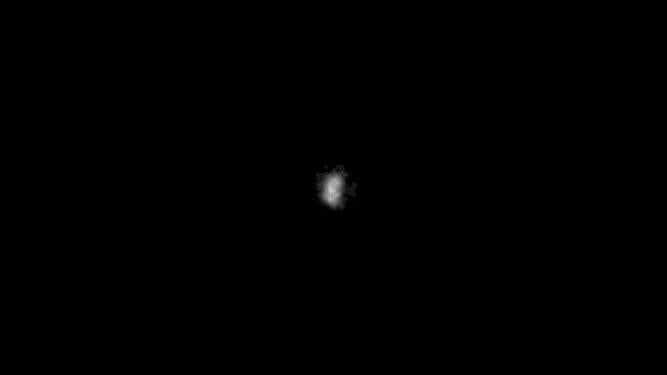
Nereid is one of Neptune’s outer moons, and notable for its interminably long orbit. It takes the distant moon about 360 Earth days (nearly an Earth year, if you’re keeping count) to complete a revolution of its host planet.
It’s difficult to observe from the Earth, but observations by Voyager 2 in 1989 indicated Nereid is an icy moon. With new telescopes soon coming online, perhaps we’ll see more of Nereid soon.
Titan
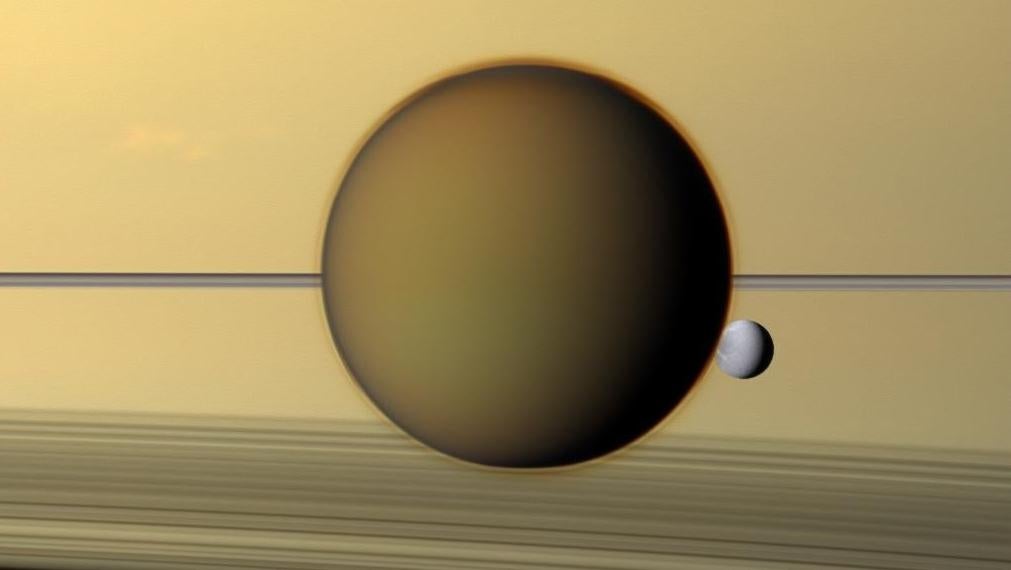
Titan is Saturn’s largest moon, and the second-largest in the solar system after Jupiter’s Ganymede. But Titan is most interesting for its dense atmosphere and massive oceans of methane. NASA has plans to launch a spacecraft there in about five years.
We already have an image from Titan’s surface, taken by the Huygens probe which arrived on the moon in 2005. It gave us a tantalising enough glimpse to want to return.
